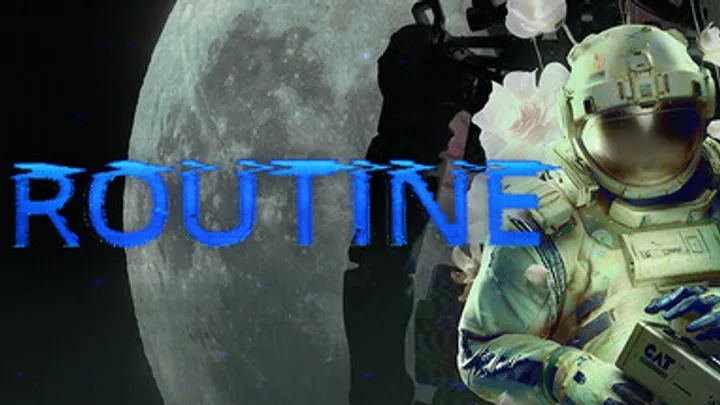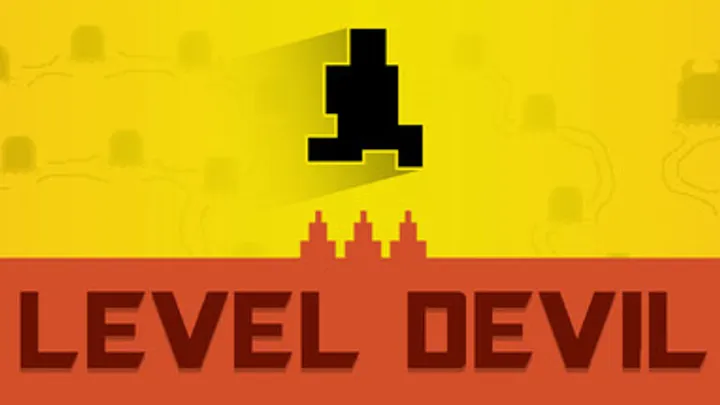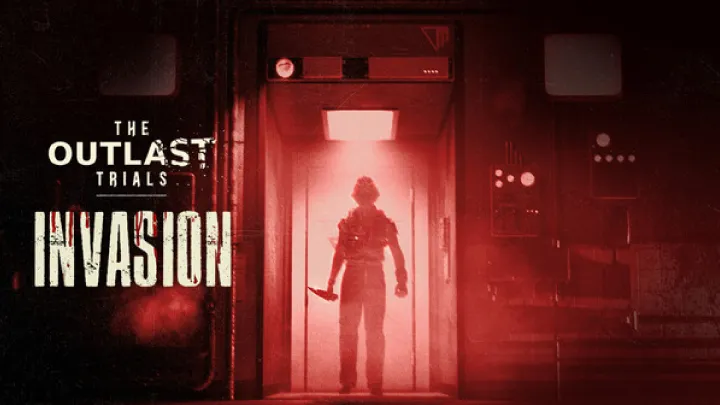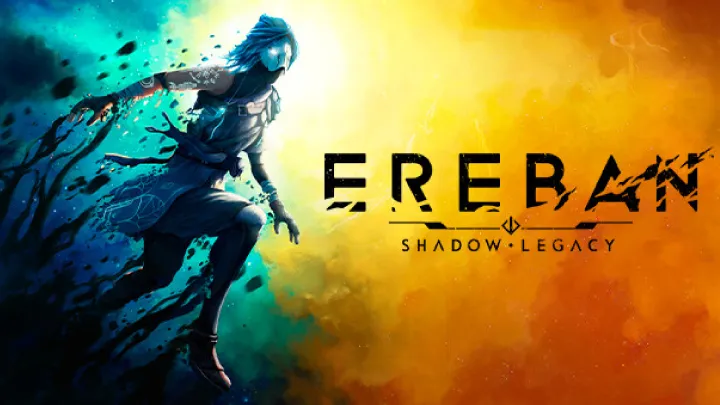Introduction
Look Outside, released in 2025 by Francis Coulombe and published by Devolver Digital, is a survival-horror RPG that combines tense exploration, strategic combat, and narrative choices. You play as Sam, trapped in a four-story apartment building during a cosmic event: anyone who looks outside becomes a monstrous entity. Surviving requires mastering resource management, combat, exploration, decision-making, and psychological stress systems. This guide breaks the game into ten comprehensive stages to help you thrive from your first day inside to uncovering all endings.
1. Character Setup & Early Exploration
The game begins with Sam awakening to the apocalypse in the apartment. Before venturing out, it’s critical to understand the interface, inventory, and basic movement. Spend time exploring your initial room, familiarizing yourself with storage, crafting stations, and nearby supplies.
Pro Tips for Early Exploration:
- Check every drawer and cabinet for food, hygiene items, and early crafting components.
- Learn how to lock doors and barricade yourself temporarily, which can prevent early encounters with enemies.
- Map your apartment layout mentally—knowing escape routes saves lives.
Early Resource Management:
- Gather food to manage hunger and water if available for hydration.
- Stockpile tools, like knives or makeshift weapons, for emergencies.
- Use early crafting to make basic health kits and minor defensive gadgets.
2. Understanding Survival Systems: Hunger, Hygiene & Sanity
Sam’s survival is influenced by three core systems: hunger, hygiene, and mental health. Neglecting these increases vulnerability to monsters, slows actions, and can lead to in-game penalties.
Tips to Maintain Survival Stats:
- Eat consistently: cook meals or ration pre-existing food.
- Shower or clean yourself when possible; unclean characters attract some enemies faster.
- Rest and manage stress through safe areas; prolonged exposure to monsters can damage sanity and affect combat performance.
Pro Tip: Plan each outing with a “recovery checkpoint” in your apartment to reset these stats. This makes longer expeditions less risky.

3. Scavenging and Inventory Optimization
Exploration is the backbone of Look Outside. Floors are filled with loot, crafting materials, and clues. Efficient scavenging ensures survival and strategic advantage.
Scavenging Strategy:
- Prioritize essentials: weapons, food, hygiene items, and crafting materials.
- Collect environmental clues, as some unlock hidden areas or bonus resources.
- Track inventory weight and durability to avoid being over-encumbered.
Inventory Management Tips:
- Drop low-value items for more critical materials.
- Consolidate consumables (stacking food or health kits) to save space.
- Repair or upgrade weapons at crafting stations when possible.
4. Combat Mechanics & Enemy Strategy
Enemies in Look Outside vary in speed, strength, and behavior. Combat requires careful planning, timing, and tactical positioning.
Combat Tips:
- Identify enemy types early: fast monsters may require ranged attacks, while brutes demand heavy weaponry.
- Use barricades and obstacles to slow enemy advances.
- Target weaker foes first to reduce enemy numbers efficiently.
Advanced Combat Tactics:
- Chain abilities or attacks to create combos that immobilize enemies.
- Exploit environmental hazards, like broken furniture or fire hazards, for bonus damage.
- Always plan your retreat route; sometimes survival outweighs offense.
5. Companion Interaction & Relationship Management
Several characters may enter your apartment, offering help or quests. How you interact affects resources, story outcomes, and survival options.
Tips for Companions:
- Complete companion missions to unlock items, weapons, or strategic advantages.
- Pay attention to dialogue; some companions may refuse help if your choices conflict with their morality.
- Assign companions to support roles during combat; their abilities can turn fights in your favor.
Pro Strategy:
- Balance risk and reward when allowing companions to join expeditions. Their survival often depends on your resource management and decision-making.

6. Crafting, Gear & Resource Allocation
Weapons and tools degrade over time, and crafting is essential for survival. Upgrade your gear frequently and manage limited resources efficiently.
Crafting Tips:
- Prioritize essential upgrades first: weapon damage, armor durability, and health items.
- Use crafting recipes to maximize utility: healing items, traps, or noise distractions.
- Track resource locations across floors to know where to replenish supplies.
Gear Management:
- Assign weapons based on enemy type.
- Save rare materials for endgame crafting when high-level equipment is unlocked.
- Regularly inspect gear to prevent failures during combat.
7. Mid-Game Strategy: Risk vs Reward
As you explore deeper floors, hazards become more dangerous and enemies more aggressive. Decisions regarding which floor to tackle and when to retreat are crucial.
Mid-Game Exploration Tips:
- Map each floor incrementally and note enemy patterns.
- Balance exploration with base recovery: returning too late with low health increases the risk of failure.
- Prioritize high-value areas that contain rare crafting materials or unique story clues.
Pro Tip: Sometimes skipping a floor and returning later with better equipment yields higher success rates.
8. Decision-Making & Story Branching
Choices made throughout the game influence multiple endings, companion fates, and faction interactions.
Decision Tips:
- Before major story decisions, ensure Sam is fully prepared with health, weapons, and companions.
- Consider the moral and tactical consequences of choices. For instance, aiding one faction may block another but unlock powerful rewards.
- Save before pivotal choices to allow replaying for alternative outcomes.
Pro Tip: Keeping a journal of your decisions helps track which choices led to which outcomes, improving efficiency in subsequent playthroughs.
9. Late-Game: Boss Fights & Critical Hazards
Late-game floors are filled with tougher enemies and environmental hazards. Boss encounters often combine multiple mechanics learned earlier in the game.
Boss Strategy:
- Observe attack patterns carefully; many bosses have predictable sequences you can exploit.
- Use companions’ special abilities at the right moments to maximize damage or defense.
- Stockpile consumables and upgrade equipment before these critical fights.
Hazard Awareness:
- Floors may feature unstable structures, environmental hazards, or panic events.
- Plan movement and attacks to avoid unnecessary damage.
- If overwhelmed, tactical retreat is often better than risking total loss.

10. Replayability & Optimization
Look Outside encourages multiple playthroughs to experience all endings, explore hidden areas, and test different strategies.
Replay Tips:
- Experiment with different resource management approaches and exploration orders.
- Focus on previously ignored floors, companions, or hidden events.
- Track items, crafting recipes, and decisions to optimize each new run.
Mindset Tips:
- Embrace the horror and tension; cautious, methodical play often yields the best outcomes.
- Learn from mistakes: every failed expedition teaches you safer or more efficient strategies.
- Prioritize preparation over aggression for long-term success.
Conclusion
Mastering Look Outside is about more than just combat—it demands strategic planning, careful resource management, base and companion optimization, and deliberate decision-making. By following this ten-step guide, players can navigate the apartment building safely, survive deadly encounters, make impactful choices, and experience all possible endings. Each expedition, whether successful or failed, teaches lessons that prepare you for the next challenge, ensuring a richer and more rewarding experience.

















